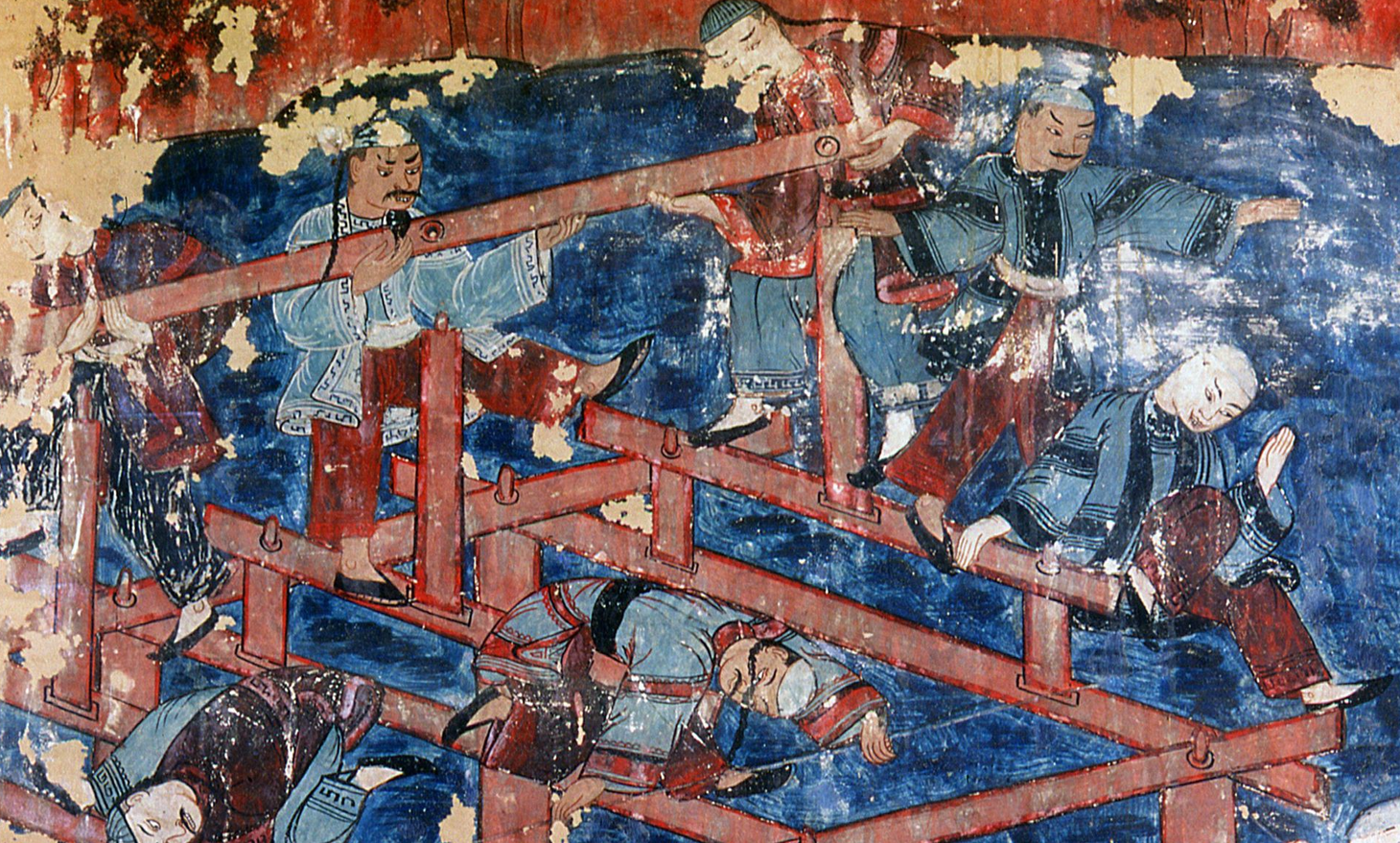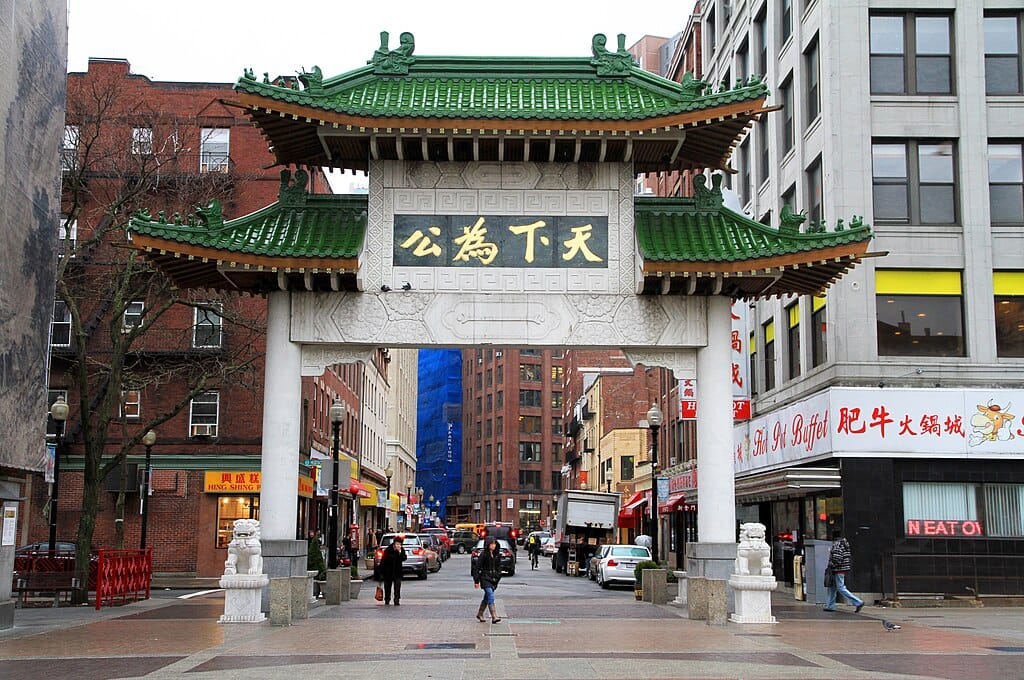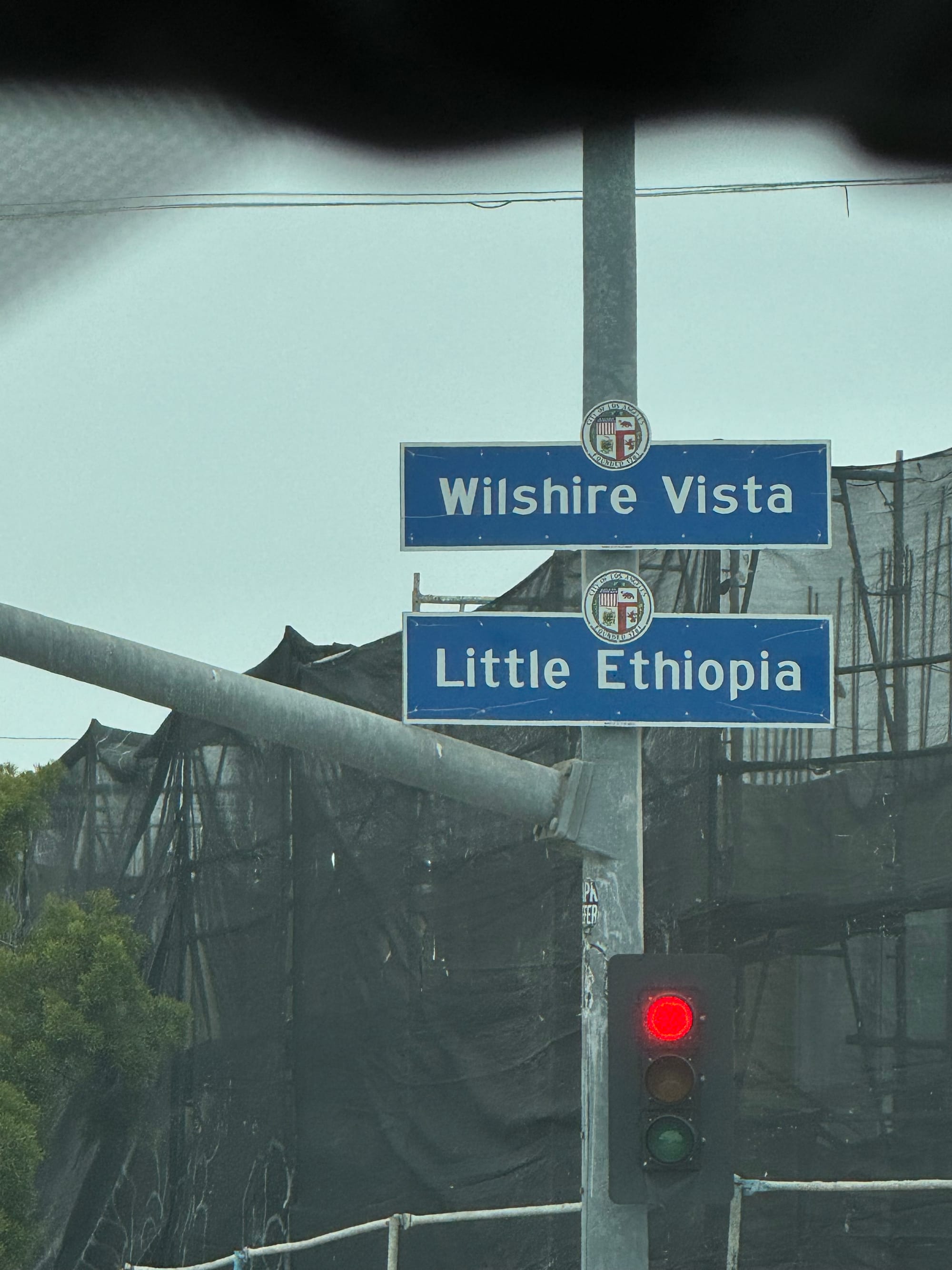“The Voyage Was Full of Dangers”: Teaching Modern Migration, 1700 to Present
Discussion of teaching modern global migration from 1700 to today

Over the last decade, many people worldwide discuss “migrants” in increasingly disturbing terms. It doesn’t matter if we’re talking about Donald Trump, Viktor Orbán, or our scary relative whose emails and Facebook posts we’ve stopped reading. These racist rants reflect a growing disconnect between how many people feel about people who have migrated and migration’s critical role in the development of the modern world.
I’ve spent most of my life living in large, ethnically diverse cities (Boston, Houston, Los Angeles, and New York) and loving being surrounded by people who immigrated to the United States. I enjoy having friends introduce me to new cultural traditions and new dishes. Living in diverse communities and learning from others was “normal.” I didn’t see the people I knew as my friends and neighbors as different. I saw them as people who have migrated (or the children of those who have migrated), not as “migrants.” I saw them as humans like me, but they happened to be born in one part of the world and moved to another part of the world.



Left: Chinatown in Boston. Middle: Little Ethiopia in Los Angeles. Right: Little India in Singapore.
It shouldn’t be surprising that interacting with people from around the world in the United States inspired me to travel all over the world. The more I traveled, the more I recognized ethnic enclaves in other countries. When I first traveled to Malaysia and Singapore in 2002, I found “Chinatowns” and “Little Indias.” These places felt happily familiar. I quickly realized that politicians’ complaints about migration were missing the point. Migration and people who’ve migrated weren’t problems; people who’ve migrated have made the world we live in.
With the election of Donald Trump to another term as President of the United States, I’m worried about the influence of his hateful rhetoric on Americans, especially young White Americans. In world history courses, migration is a recurring theme. We can help students better understand migration from a historical perspective so they can become more critical thinkers and question racist rhetoric about people who have migrated. For our students whose families recently migrated, we can be their allies. Over the next month, I will focus on how we teach the development of modern migration from 1700 to today. This first post will focus on how migration has shaped the modern world, where people have migrated, how migration patterns have changed over time, and the importance of individual migration stories.
Be Mindful of Language
As with many historical topics, we must consider the language used to describe people. It’s still common for many teachers and textbooks to talk about migrants, immigrants, and emigrants. When we use these terms, we dehumanize people who have moved from one place to another. Even though it may feel wordy, we should increasingly talk about people who migrated. We also want to be careful with using terms such as coolies and slaves. The easiest way to help combat racist and dehumanizing rhetoric about people who have migrated is to insist on preserving their humanity and not reducing them to one aspect of their lives.
We want to distinguish between “free” and “coerced” migration. Both terms can be tricky, but they can still be helpful. I’m using both terms loosely. For example, enslaved Africans transported across the Atlantic to work on plantations were more than “coerced;” White European slavers forcibly transported enslaved Africans. In 1903, my great-great grandparents and great-grandmother left a Jewish Lithuanian town that was part of the Russian Empire. They “freely” chose to do so but felt unsafe where they lived. At times, I will distinguish between coerced and free migration, but it also helps to remember that these concepts exist more on a spectrum than as distinct categories. In either case, both groups migrated from one part of the world to another.
Some scholars of migration prefer to use the concept of mobility instead of migration. Mobility is a broader term that captures a wider range of experiences and people. Because most history curricula focus on migration, I will stick with discussing migration and people who’ve migrated.



